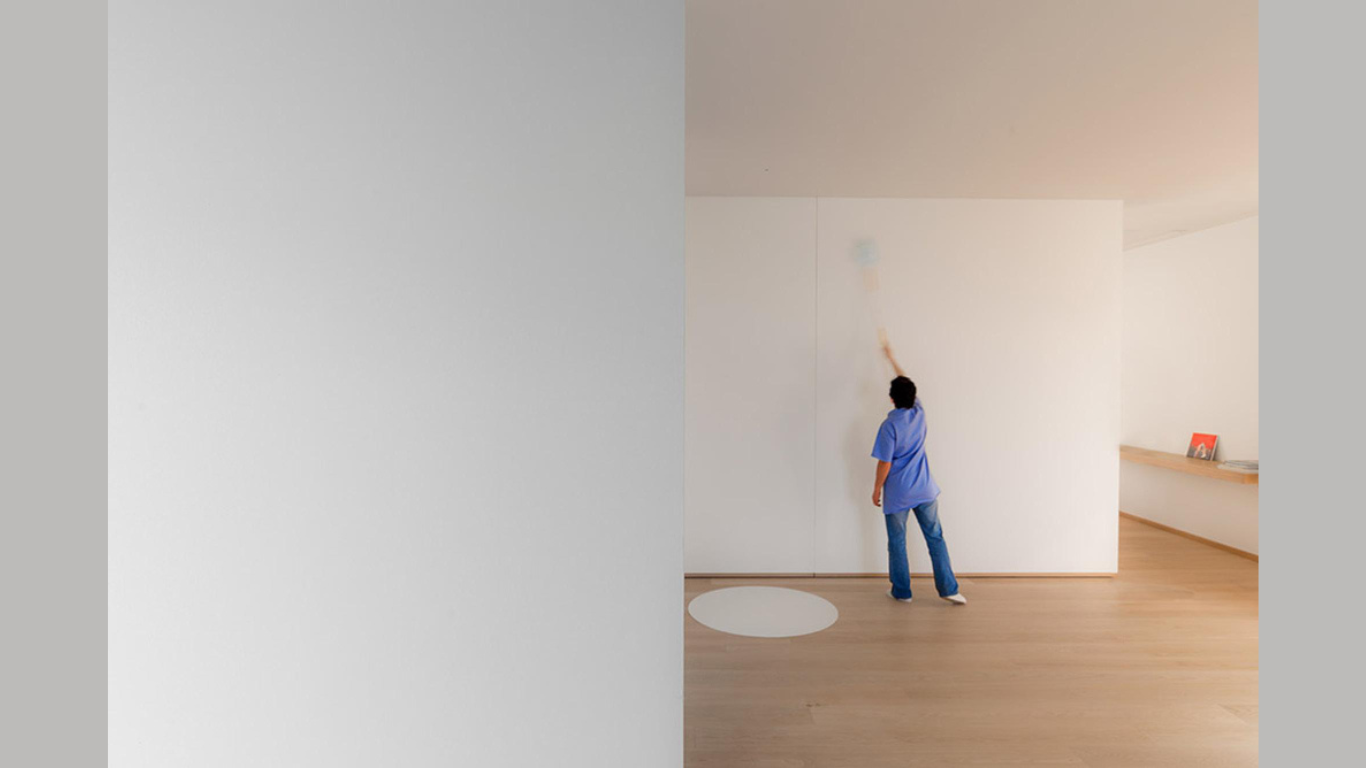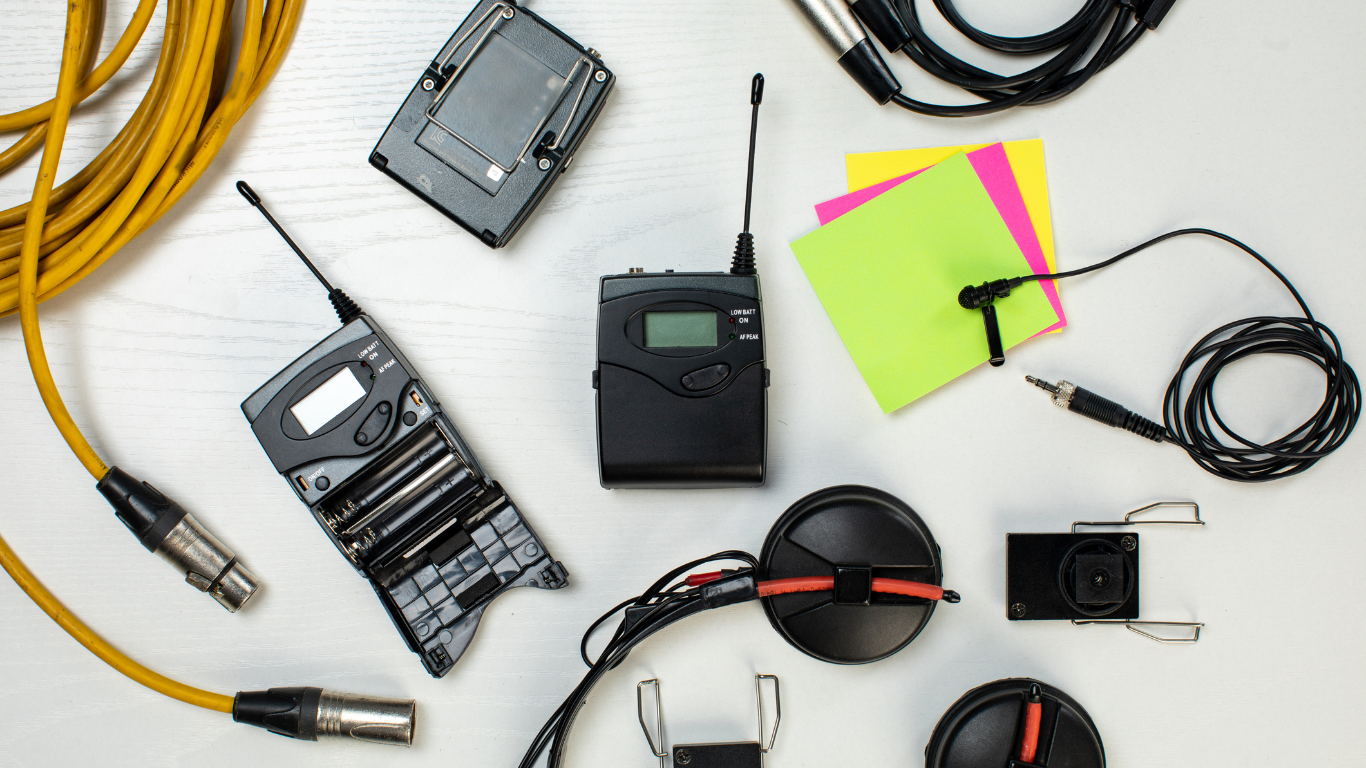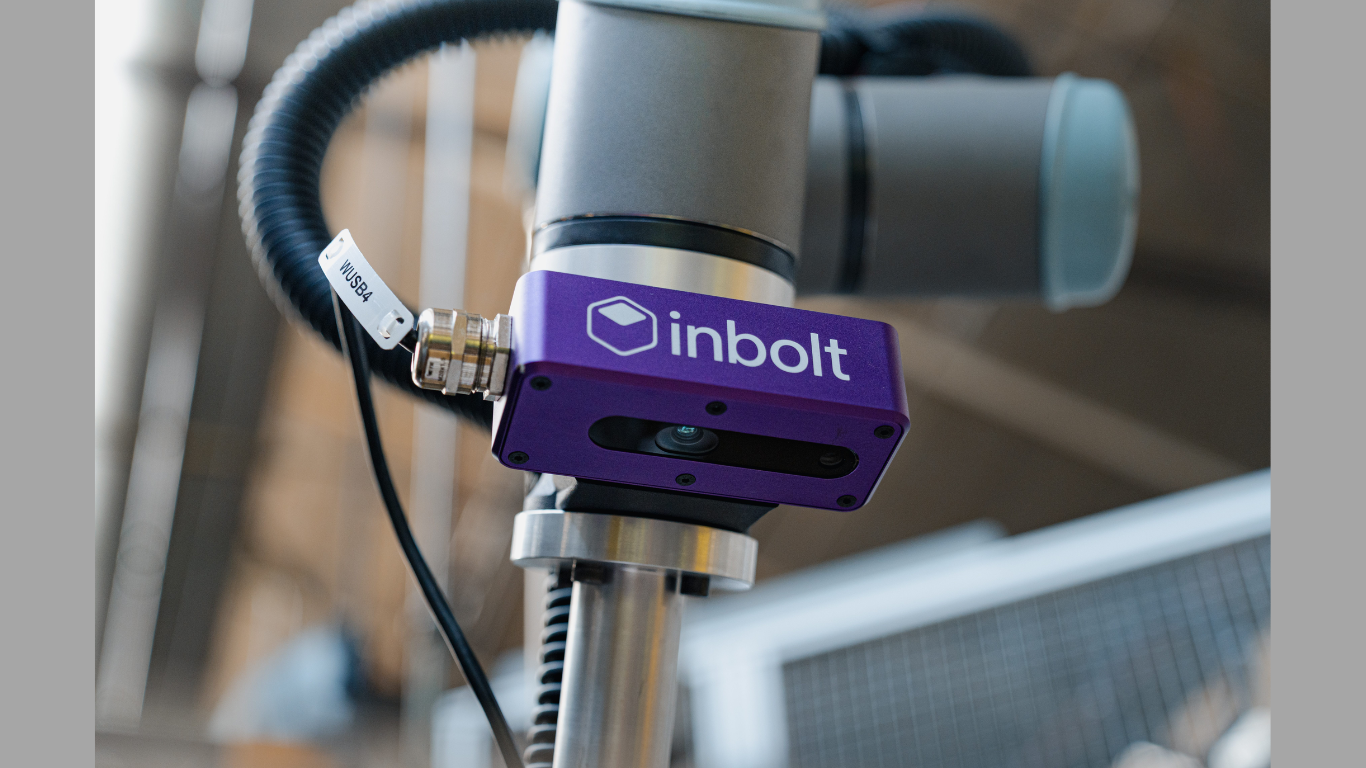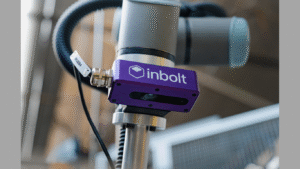Every construction and renovation project aims for walls that look perfectly smooth. Professionals often rely on a technique known as gib stopping to ensure smooth surfaces. We carefully prep and apply the finish, making your walls perfectly smooth. In this article, you’ll understand precisely how the professionals get consistently stunning finishes.
The Basics of Gib Stopping
Gib stopping is a method used to prepare interior wall surfaces for painting or wallpapering. First, we smooth out all the seams where the plasterboard sheets come together. After that, we fix any little holes or rough spots on the surface. Using this method makes the finished piece look incredibly smooth and expertly crafted. Many homeowners in the area prefer to hire experts in gib stopping in West Auckland to ensure flawless, long-lasting results.
Preparation: The Foundation of Success
Preparation is a crucial first step in gib stopping. Professionals begin by inspecting the walls for any defects or damage. Workers really scrub down surfaces, removing every speck of dust and debris. This helps the stopping compound bond securely. You need this step to get a really smooth look.
Next, the joints between plasterboard sheets are reinforced using paper or fibreglass tape. It keeps cracks from forming. This extra support also makes the wall much tougher and lasts a long time. Put the tape on just right. That first step truly sets up the stopping compound for success.
Application of Stopping Compound
Once the preparation is complete, professionals apply a stopping compound to the taped joints. They use a broad knife or trowel to spread the compound evenly. You’ll likely need to paint several coats, letting each fully dry before you brush on the next. When you sand between coats, you ensure your surface feels perfectly smooth.
Attention to detail is critical during this stage. Any inconsistencies in the application can lead to visible imperfections in the final product. Professionals get perfect results when they keep their hands steady and eyes sharp.
Sanding: The Key to Smoothness
Sanding is a vital part of gib stopping. After the stopping compound has dried, professionals use sandpaper to smooth out rough areas. After this step, you won’t see any bumps; instead, the surface will look perfectly flat and consistent. To sand well, bring your patience and accuracy.
Picking the correct grit makes all the difference. Starting with a coarser grit and gradually moving to a finer one ensures optimal results. After these steps, your wall will be perfectly smooth, all set for a fresh coat of paint or new wallpaper.
Priming: Preparing for the Final Touch
After sanding, the next step is priming. Priming seals the stopping compound and provides a consistent base for the final finish. It helps paint and wallpaper really stick to the wall, so your finishes look good for a long, long time.
Professionals select high-quality primers suitable for the specific type of wall and finish. Applying primer evenly and allowing it to dry completely is crucial for the wall’s overall appearance and durability.
Choosing the Right Tools and Materials
The success of gib stopping depends significantly on the tools and materials used. Expect a far better result when you grab high-quality stopping compounds, tapes, and primers. Getting the job done on time often hinges on having solid equipment. That’s why competent workers pick their gear carefully.
Using the right tools not only saves time but also ensures precision. Good tools make all the difference when you finish the gib board.
Attention to Detail: The Hallmark of Professionals
A keen attention to detail sets professionals apart in gib stopping. Both getting ready and priming call for thoughtful work and real skill. Professionals understand that even minor imperfections can affect the final appearance.
These pros really plan things out, looking at every single part with great care. This ensures that their walls always look solid and at their best. Their careful eye for small things consistently delivers perfect work.
Conclusion
Achieving flawless walls through gib stopping involves a series of well-executed steps. Each stage plays a vital role in the process from preparation to the final priming. Experts get solid results when they pick excellent supplies, apply them just right, and focus on every tiny part.
Analysing the methodologies employed by seasoned practitioners frequently yields profound understandings. Such granular examination of expert approaches directly translates into an accelerated development of one’s personal competencies. You’ll get perfectly smooth, professional walls. Just use these steps for your home or project. When performed with expertise, the art of gib stopping results in a finish that enhances the appearance and value of a space.
Blog received via Mail






























